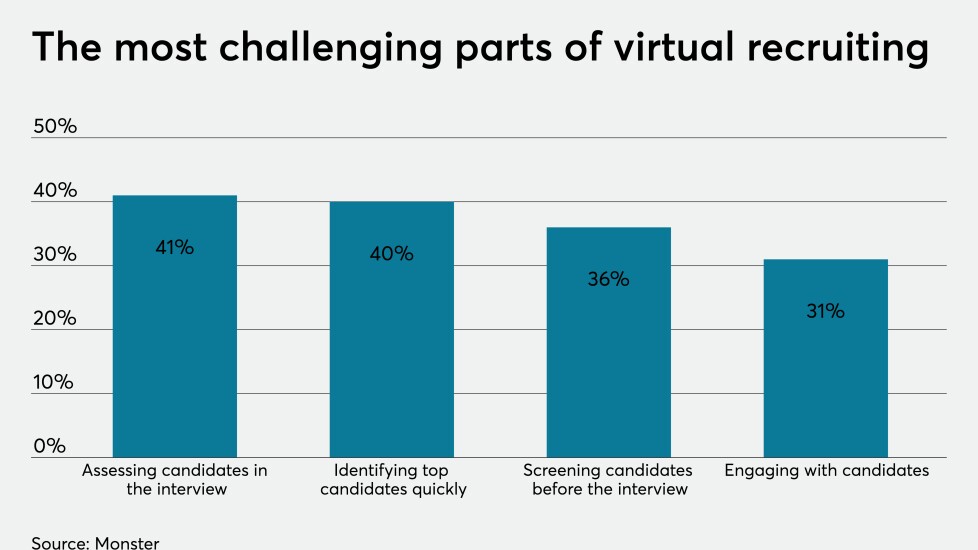Employers have a lot on their mind when it comes to rebooting their business in 2021. Recruiting is a priority, with 82% of companies planning to hire or rehire employees this year, according to Monster’s Future of Work report.
Read more:
Deciding where employees will work is a challenge for Cove, a coworking platform. The company helps organizations define their hybrid work policies and digitize workplace practices, like desk and conference room reservations.
For employees
See more ways employers are navigating recruiting and remote work in our top stories from the week:






